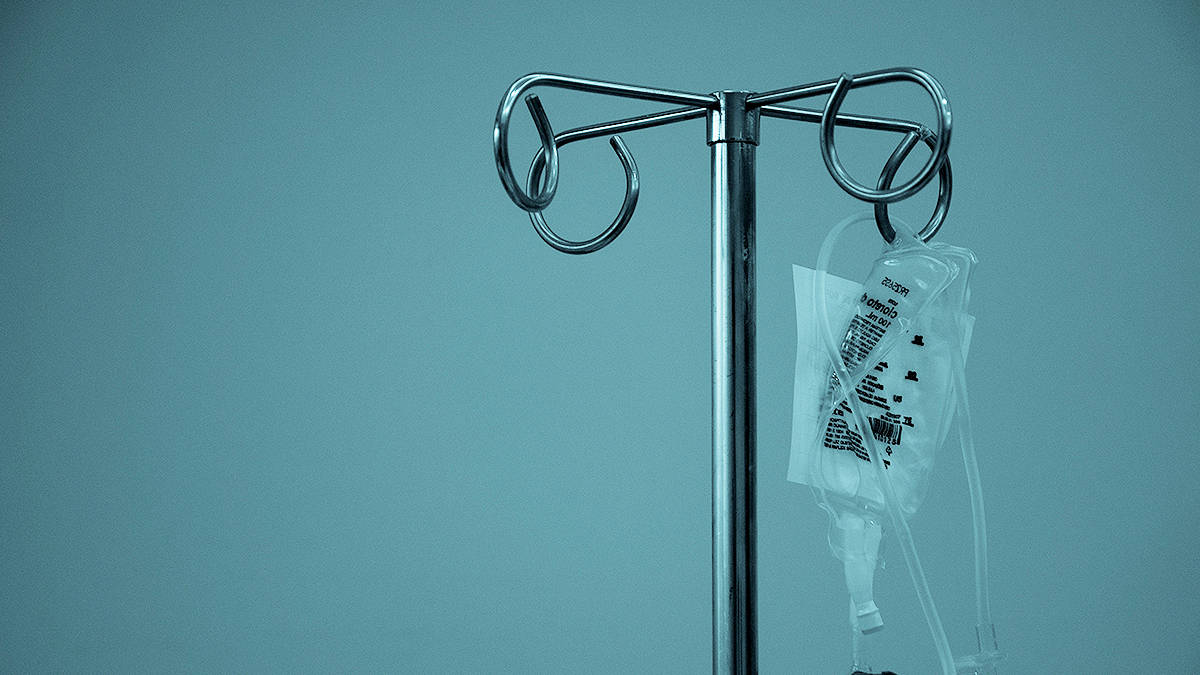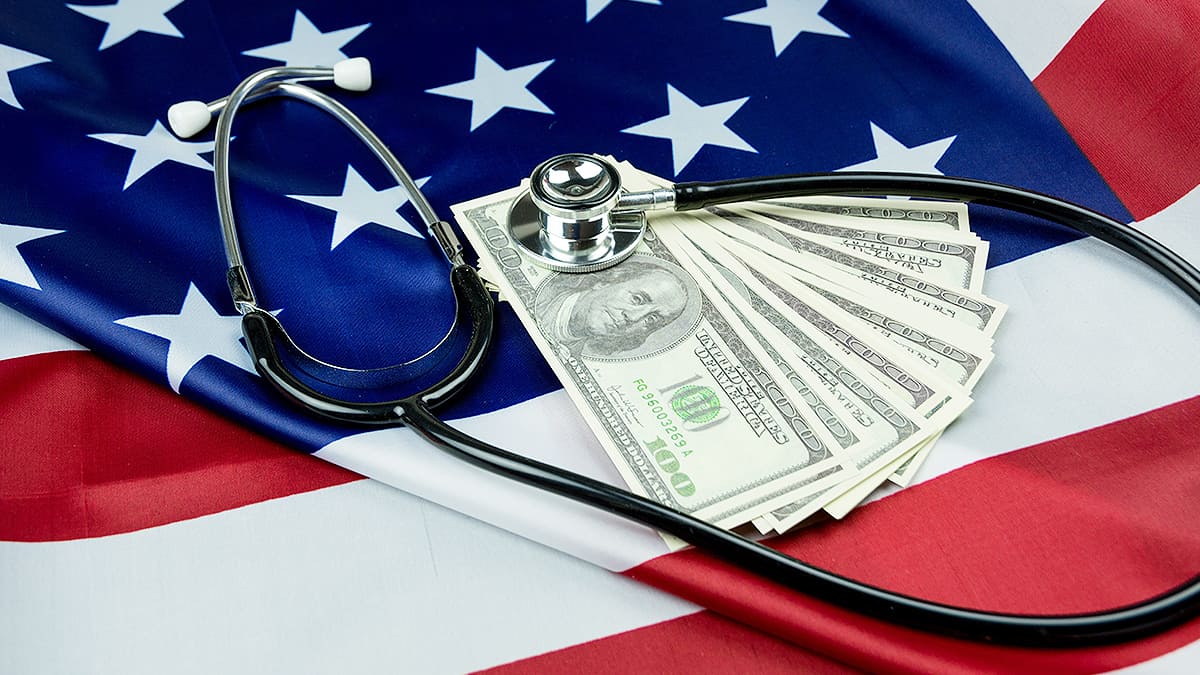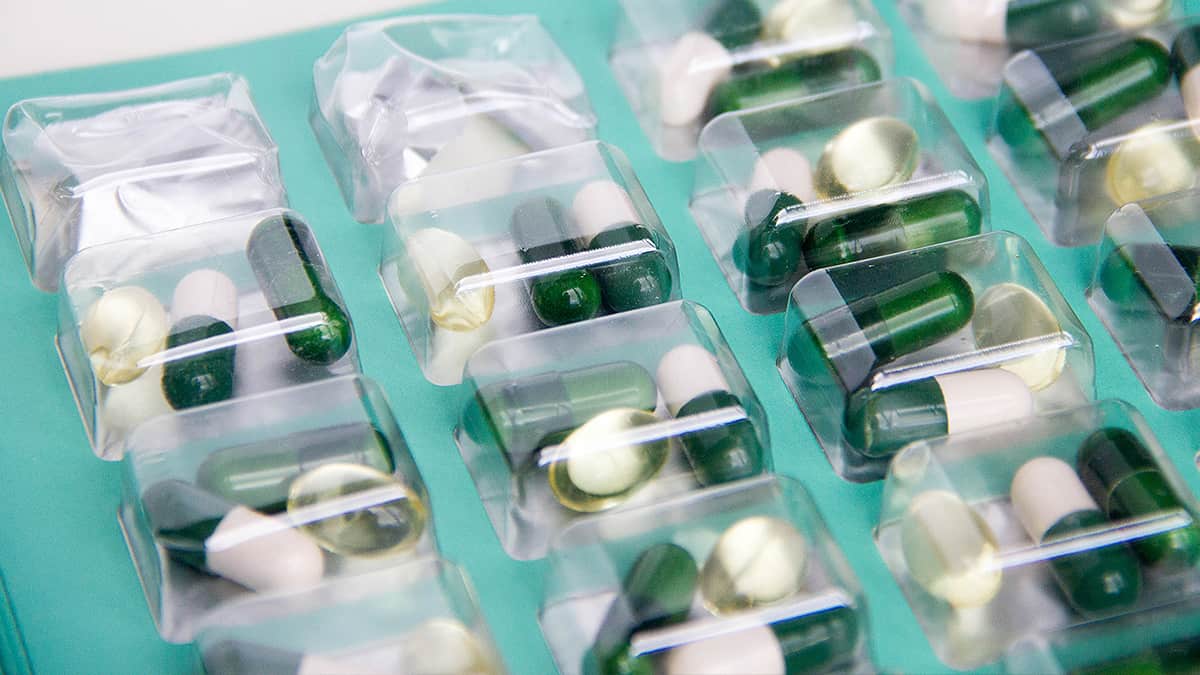Why is CellCept So Expensive?
high drug prices

An organ transplant is a lifesaving procedure, and is often the last option available for patients fighting organ failure or a terminal illness. The new organ performs the same function as the one it replaced, but when the organ is transplanted, the immune system reacts the same way it does to any foreign invader — like a virus or bacteria — increasing the risk that the body will reject the organ and the transplant will fail. In order to keep that from happening, the body's immune response to the new organ needs to be managed with medication.
Immunosuppressant drugs are prescribed to keep the body from rejecting a new organ after a transplant. According to UNOS (United Network for Organ Sharing), there were over 36,000 organ transplants performed in the United States in 2018, a five percent increase from the previous year.
Despite the increase in organ transplant rates, they're still fairly rare relative to the total population of the United States. In general, prescriptions for rare medical conditions or procedures like organ transplants tend to be even more expensive in the U.S. than more commonly prescribed drugs.
Immunosuppressant drugs are also prescribed to help treat other illnesses and conditions along with organ transplants, and patients taking immunosuppressants are usually on other medications as well, which are just some of the factors that can affect their cost.
The Cost of CellCept in the U.S.
CellCept (mycophenolate) is primarily used to prevent the body from rejecting a new organ after a liver, kidney, or heart transplant. The average retail price for brand CellCept is approximately $350 in the United States, but like all prescription medications, the cost varies considerably from person to person depending on a number of factors such as insurance and prescription drug plans, co-pays, manufacturer rebates and discounts, and the pharmacy where the prescription is filled.

Why are Immunosuppressant Drugs So Expensive?
Logic would dictate that lifesaving drugs like immunosuppressants would be affordable and readily available to anyone that would need them. However, the opposite is often true in the United States.
From immunosuppressants to asthma inhalers, cost and availability depends on a number of complicated factors, many of which are out of an individual's control.
Unaffordable and Unpredictable Health Insurance Coverage
Most discussions around the problems with the American healthcare system revolve around the millions of Americans that lack some form of insurance coverage, and how expensive (and inaccessible, in many cases) medications can be without any coverage.
However, the reality is that even health insurance and prescription drug coverage won't guarantee that you will be able to afford your medication. In fact, many Americans with health insurance still struggle to pay for their medication and medical care, especially for serious illnesses that require multiple surgeries, hospitalizations, and long-term care, as is the case with an organ transplant.
The most common and reliable way for Americans under the age of 65 to get comprehensive healthcare and prescription drug coverage is through an employer sponsored plan. However, not only are employers not required to provide health insurance for their employees, but even someone with coverage can lose it if they're fired, change jobs, or become too sick to work.
Unreliable or insufficient health insurance and prescription drug coverage can make even basic healthcare and medical procedures difficult to come by when prices for everything from allergy medication to a visit to the emergency room can lead to medical bills for thousands, or even tens of thousands of dollars. When the medical procedure involves something as serious as a kidney, heart, or liver transplant, the issue literally becomes a matter of life and death.
Lack of Regulation
The pricing model for prescription drugs in the United States can best be described as something of a free for all. Without any government oversight, accountability, or regulation to speak of, pharmaceutical companies are free to continually inflate prescription drug prices on an ongoing basis.
This has created a system where even drugs that are already too expensive (many of which are relatively cheap to manufacture by comparison) for the average American consumer continue to get more and more expensive every year. Despite the bad press and government posturing over the last few years about the rampant price gouging in the industry and the need to reign it in, little to nothing has been done to lower prescription drug costs for the average American.
This volatile and unstable pricing system puts organ transplant patients in an especially vulnerable position. For example, an adult in the United States with adequate employer sponsored health insurance can be approved for a kidney or heart transplant in one year, and prescribed CellCept, other immunosuppressants and additional medications like corticosteroids, which they can afford at the time.
In the following year, the company that manufactures CellCept may decide to double or even triple the price of CellCept, suddenly making it unaffordable. Or the person may not be able to keep working while they recover, therefore losing their job and their health insurance and prescription drug coverage as a result.
This is the sad and terrifying reality that more and more American individuals and families find themselves in every year.

Long-term Treatment and Medication Needs
Antirejection drugs are just one type of medication that organ recipients need to take. Despite the fact that the number of organ transplants has steadily increased in the U.S. over the last few years, it's still a delicate and complicated process that affects every patient differently. Due to the constant threat of rejection, most organ transplant recipients need to take immunosuppressant drugs for years or even decades, depending on their age at the time of transplant.
While antirejection medications play a critical role in keeping the immune system from attacking the organ, they can also make patients vulnerable to secondary infections and illnesses. Getting an organ transplant is usually a lifesaving procedure, but the health challenges that organ recipients face are far from over after the surgery.
Unlike other prescription medications which are taken for a limited amount of time and without additional drugs, the cost of immunosuppressants like CellCept have to be understood in the greater context of the ongoing medical needs of organ transplant patients. Even a medication with an otherwise “modest” co-pay can become unaffordable when it's taken for years or decades, and with other prescriptions and expensive medical care and treatments as well.
High Costs of New Drug Development and Clinical Trials
One of the most common excuses that prescription drug manufacturers use for the sky-high cost of medications in the United States is how expensive it is to research and develop new drugs.
There are many ongoing debates about how much money big pharma giants really spend on research and development vs. advertising and marketing, and it should be noted that many of these companies receive taxpayer sponsored government subsidies to develop many of these drugs.
While pharmaceutical giants often claim that R&D costs make up the large majority of their budget – often citing costs in the billions – that appears to not be the case:
[Researchers] found that companies took an average of 7.3 years to win FDA approval, at a median cost of $648 million. Only two drugs had research costs over $1 billion. Adding in the cost of capital at 7 percent increased the median research and development cost to $757 million — less than a third of the Tufts estimate.
However due to the for-profit nature of the U.S. healthcare system, consumers can expect to absorb a disproportionate share of the costs, even if they aren't justified.
Life Saving Medications as Huge Money Makers for the Pharmaceutical Industry
Sometimes a medication that was originally developed to treat one illness is repurposed or found to work in other areas, allowing pharmaceutical companies to make even more money (and making the drugs even more expensive for consumers as a result). Restasis, another immunosuppressant drug manufactured by Allergan, is a perfect example of this phenomenon.
Although Restasis is an immunosuppressant, it was rebranded and approved to treat dry eye syndrome in 2002. Today, Restasis sales are more than $1 billion and it's one of Allergan's most popular drugs, second to Botox, its most popular moneymaker.
However, the popularity hasn't driven down the cost of Restasis or made it more affordable. In fact, the average retail price for a month's supply of the eye drops can be as high as $600.
Like other prescription drugs, the cost of immunosuppressants hinges largely on the whims of the pharmaceutical companies and their profit margins.
Ordering your prescription medications from a certified online Canadian pharmacy site and international drugstore can potentially save you money. For more information, contact our customer service department today by calling our toll free number 1-866-539-5330 or send us an email.